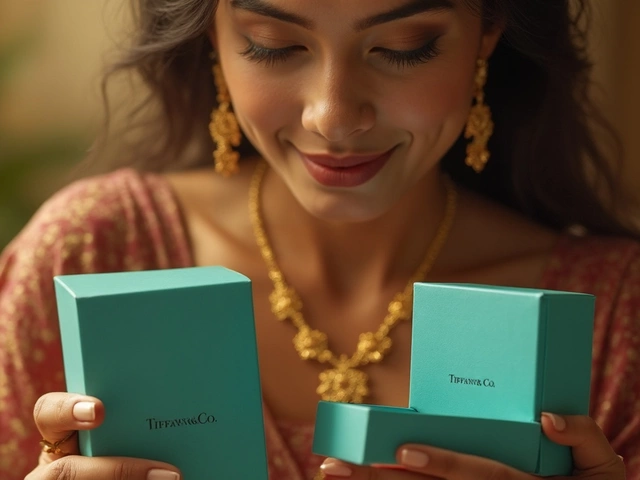Jewelry Business Costs: What You Need to Budget for a Successful Venture
If you’re dreaming of turning your love for sparkle into a real shop, the first step is knowing the money side. Nope, no vague "it could be cheap or expensive" talk – we’ll break down every major expense so you can plan smart from day one.
Key Cost Categories
1. Startup equipment – A basic workshop needs a few tools: a decent hammer, pliers, a soldering iron, a polishing machine, and a jump‑ring opener. Expect to spend anywhere from ₹5,000 for a starter kit to ₹30,000 for a semi‑professional set. If you’ll be doing more intricate work, add a laser cutter or a CNC mill, which can push the budget into the lakhs.
2. Materials – Gold, silver, and gemstones are the heart of any Indian jewelry line. A small collection of 22‑carat gold sheets and 925‑silver wire can start at ₹20,000. Gemstones vary wildly; a handful of low‑cost stones might be ₹5,000, while a single high‑quality emerald can be ₹50,000 or more. Keep a spreadsheet to track weight, purity, and market rates.
3. Workspace – Home‑based starters can use a spare room and save on rent. If you need a separate studio, rent in a tier‑2 city may be ₹10,000–₹25,000 per month. Add a small deposit and utilities, and you’re looking at a monthly overhead of ₹15,000–₹30,000.
4. Licensing & hallmarking – In India, selling gold or silver requires BIS hallmark registration. The fee for a small unit is roughly ₹3,000–₹7,000, plus a yearly renewal. Don’t skip this – it builds trust and avoids legal hassles.
5. Labor – If you’re a solo creator, labor cost is your own time. Hiring an apprentice or a cutter adds ₹8,000–₹15,000 per month per person. Factor in payroll taxes and any benefits.
6. Marketing – Social media ads, a simple website, and a few professional photos can start at ₹5,000 a month. Influencer collaborations in the Indian market can run from ₹10,000 to ₹50,000 per post, depending on reach.
Saving Money Without Cutting Quality
Start small: buy silver first. It’s cheaper than gold, lets you practice designs, and still looks premium. Use local craft fairs to test demand before committing to a full‑scale inventory.
Batch purchase materials. Many suppliers give a 5‑10% discount if you buy 10 kg of 22‑carat gold in one go. If you can’t afford that upfront, partner with another budding jeweler and split the order.
Do as much work yourself as possible. Simple soldering and polishing are easy to learn from free YouTube tutorials. Reserve outsourcing for complex stone setting or CNC engraving.
Take advantage of government schemes. The MSME registration offers low‑interest loans and tax breaks for small manufacturers. A quick online check can save you thousands.
Finally, keep a running cost sheet. Every rupee spent on a tool, material, or ad should be logged. When you see where the money goes, you can make smarter cuts next month.
Bottom line: a realistic budget for a modest home‑based jewelry business in India sits around ₹50,000–₹1 lakh for the first three months, covering tools, initial material stock, licensing, and basic marketing. Scale up gradually, reinvest profits, and watch your sparkle turn into a sustainable brand.
How Much Does It Cost to Launch a Jewelry Line?
Starting a jewelry line involves various costs from materials to marketing and branding. For entrepreneurs, understanding these expenses is crucial to budgeting effectively. Simple jewelry-making kits can jumpstart your journey, but there's more to consider like market trends and branding strategies. This article guides readers through the essential costs and provides practical tips to create a profitable jewelry business.





